|
Training for any thru-hike is a significant undertaking. And when it is your first thru-hike, it can be genuinely overwhelming. Because not only do you have to get yourself ready to hike for weeks (or months) on end, but there are SO many other things you need to prepare for... You have to get ready for rough and uneven terrain. Elevation changes. Carrying a full pack. River crossings. And a dozen other things factors that make thru-hiking the unique challenge that it is. On top of all of this, not only do you have to survive these issues (and ensure you don't break down with pain, injury or exhaustion), you also want to be in a position where you can actually enjoy yourself! So it is totally understandable if it all seems a bit much. And to make matters worse, the quality of training information available to thru-hikers often leaves a lot to be desired... But this article is here to change that. The intention of this piece is to provide a clear and effective guideline on how a thru-hiker can best prepare themselves for their upcoming adventure. So whether you are training for the Pacific Crest Trail, Te Araroa, Larapinta, The Appalachian Trail or any other big thru-hike, this will start you in the right direction towards a safe, enjoyable and successful hike! Training For Thru-Hiking A Few Important Points Before we get into the details around training for your first thru-hike, there are a few essential points we need to cover: Injury Is A Thru-Hikers Worst Enemy One thing you want to avoid at all costs on your thru-hike is pain and injury. But unfortunately, these things are prevalent on the trail. And is one of the most common reasons why many thru-hikers fail on their big adventures! Things like knee pain, plantar fasciitis, back pain and shoulder pain and incredibly common for thru-hikers. And in your preparations, a large emphasis should be put on building up resilience to prevent these things. Because while it may be possible to develop 'trail fitness' once you start hiking, you will NOT be able to develop the stability and resilience you need to prevent pain and injury (while on the trail). This reason in itself should give you all the motivation you need to take your training seriously. Forget About Replicating The Numbers. One common concern I hear from many hikers, which can be quite overwhelming for many people, is thinking just how you will get yourself ready to hike day after day after day? Because you have a job, a family and a life. And there is no way you can fit that into your training! And the truth is, you are not going to be able to replicate these numbers in your training. It is just not possible. And it genuinely isn't worth stressing about. What you CAN do, is 'overload' the body in specific ways. To build up strength, endurance, cardiovascular capacity and resilience. So while you cannot replicate the hiking numbers you are expecting, you CAN prepare your body for them. Take The Slow And Steady Approach. This should be common sense, but it needs to be said. To best prepare for a thru-hike, you should be dedicating consecutive months of consistent training, as a minimum aim for three months. More is better. Don't leave this until the last minute, and keep on delaying. It is MUCH better to give yourself plenty of time because things will always come up. You might get sick. You might have to go away. Or a dozen other things might crop up. Save yourself the stress. Save yourself the anxiety. And save yourself the risk. Start early. And slowly ramp things up. Don't Listen To The Naysayers. You will likely hear stories of people who have succeeded on this adventure without a minute of dedicated training. Heck, it is hard to enter a thru-hiking forum without seeing SOMEONE bragging about this approach. But they were lucky. And they are in the minority. For every person you hear bragging about not having trained, there are probably dozens of hikers who have failed because they were underprepared. You just don't hear much from them. Don't take this risk. Do the hard work before you go. Give yourself a fighting chance. And try to ignore any naysayers you come across. How To prepare For A Thru-Hike When training for a thru-hike, you must take a balanced and comprehensive approach. This is because there are no many things you need to prepare for (such as elevation gain/loss, rough terrain, long distances, injury/pain prevention, pack carrying etc.) And if you are not covering all your bases, you are leaving yourself open to so many things which could go wrong. With this in mind, I recommend aspiring thru-hikers incorporate the following things into their preparation:
Hiking Training Hike training is always going to be the cornerstone of your training for a thru-hike. Simply put, there is nothing else that can reasonably simulate the uneven, undulating and unpredictable nature of the trail. So there does have to be some element of hike training in your preparations! A common trap many hikers fall into is just doing a series of random hikes in their preparation. While this CAN work, it is not optimal or efficient. And if not done right, hike training can leave you open to things like overuse injuries (such as plantar fasciitis, hikers knee, shin splints). Or, on the other end of things, it can significantly undershoot the fitness you need to tackle your adventure best. When it comes to hike training, a little bit of planning and a little bit of structure can go an incredibly long way. When you are planning your hike training, there are a few questions you need to answer:
Once you answer this question, the planning begins. Get out a calendar. Two weeks out from your start date, you want to schedule in a day hike (or an overnighter if you can), which is equivalent to the longest day you expect on the trail, as close to the elevation is possible AND with the equivalent of your heaviest pack weight. *If you are expecting to be hiking at high altitude, getting as close to this number is a good idea as well. Once that is pencilled in, you will work backwards in your calendar and jot down all the dates you expect you will be able to hike (based on your answer to question #1). Once you have worked out the dates, you need to slowly work backwards in distance, elevation, and pack weight. If you have given yourself enough time, you should be able to do your first training hikes relatively comfortably. And hike by hike, you slowly increase your metrics. And then you can hit those ultimate targets two weeks out from your start date. This system isn't perfect. Because it will be likely things will come up. You might get sick and miss a hike. You might do a hike with a friend or family member and have to adjust your planned distance. You might end up doing more hiking than you planned. This is all to be expected. But as long as you have this rough framework in front of you, you can adapt and change as necessary. It really does go a long way. Strength Training For Thru-Hikers Often overlooked, strength training can be a thru-hikers best friend. It is absolutely incredible at:
So it is safe to say, incorporating some strength training into your preparations can be hugely beneficial. So how do you go about this? Well, this is a huge subject. But here are a few 'do's and don'ts which are worth considering: Don't: Just Do Squats, Lunges And Steps Ups Squats, lunges and step-ups are some of the most popular exercises for hikers. And for a good reason! They can be incredibly beneficial for a hiker's training. However, if this is ALL you are doing, this is a mistake. Because these exercises all train similar muscles. And while these 'pushing' muscles are essential for hiking, Do: Train The Body In Balance The body is a complex mechanism. And it is crazy to think that it will just use certain muscles while hiking and not use others... The best practice is to train the body in balance, so you are covering all your bases. An easy rule of thumb is for every 'pushing' exercise you do (e.g. squat, lunge, step-up), you do an opposing 'pulling' exercise (e.g. deadlift, glute bridge, good morning etc.) Don't: Just Focus On High Repetition Training. Hikers commonly like to train high repetition strength training. The typical thought process goes is that if you train higher repetitions and chase the 'burn', this can help your leg endurance on the trail. Which is absolutely true! However, if this is ALL you are doing, you are severely selling yourself short. Do: Train Both Lower and Higher Repetitions Lower repetition strength training can be amazing to help pain/injury prevention, improve movement efficiency and make elevation hiking more comfortable. To get the best benefits on the trail, a higher should train a mix of lower repetition strength training (i.e. 8 repetitions or lower) and higher repetitions training (15 or more repetitions). Note: No, this type of training will not automatically put on extra muscle, which you have to carry around on the trail. This is a common concern, but it is simply not true. Don't: Just Do Random Exercises. A common mistake many hikers make with their strength training is just doing random exercises day today. If you have absolutely never done any strength training before, this can give you SOME benefits. But it is not an effective way of training. And will only see minimal results on the trail. Note: this also included doing generic HIIT training and circuit classes. These classes can be great for general fitness and weight loss. But they are not an incredibly effective way of developing strength for hiking. Do: Follow A Structured Plan The best thing a hiker can do to help their strength development for thru-hiking is to follow a structured plan created by a professional. This will ensure you are getting the mixture of consistency, progression and specificity you need to see the best results on the trail. Don't: Train Like A Body Builder The old school approach to strength training is like this. Do an exercise targeting one particular muscle. Rest. Do it again. Rest. Do it again. Move to another exercise that targets a different muscle and repeat. This type of training is great for bodybuilders and those who have unlimited time to spend with their training. For a hiker, this is not a good use of your time. Do: Use Your Time Effectively! A better approach to a hiker's strength training is filling up your 'rest periods' with productive exercises that target different body areas. Good options here can be upper body exercises, core training or mobility work. An example of this might look like this:
*Repeat each exercise back to back with no rest. Complete the sequence 3-4 times and then move on. Doing this allows your legs to get the optimal rest they need between sets (to best help your strength development) but also manages to fit in plenty of extra, productive work (instead of just sitting around playing on your phone!). Don't: Do Things Which Cause You Pain. Strength training shouldn't leave you in pain. They may be mildly uncomfortable (i.e. you feel the muscles working and struggling) but never painful. Do: Choose Exercises Which Are Right For YOU If an exercise causes you pain, you NEED to find another alternative that is more comfortable. This might involve adapting the exercise you are doing (e.g. reducing the range of motion on a squat by putting a box underneath you) or doing a different exercise, which trains similar muscles (e.g. swapping a lunge for a step up). To learn how to put together your own effective strength workouts, which can be incredibly beneficial for your thru-hiking, you can read this article:
|
AuthorRowan is a personal trainer who specialises in training for hiking, trekkers and mountaineers for their bucket list adventures. Archives
July 2024
Categories
All
|
AboutSummit Strength is a personal training for hiking service created specifically to help hikers have the best chance of a safe, enjoyable and successful adventure.
|
Company |
Services |
|
|
© COPYRIGHT 2018. ALL RIGHTS RESERVED.
|
Website Design by My Personal Trainer Website
|

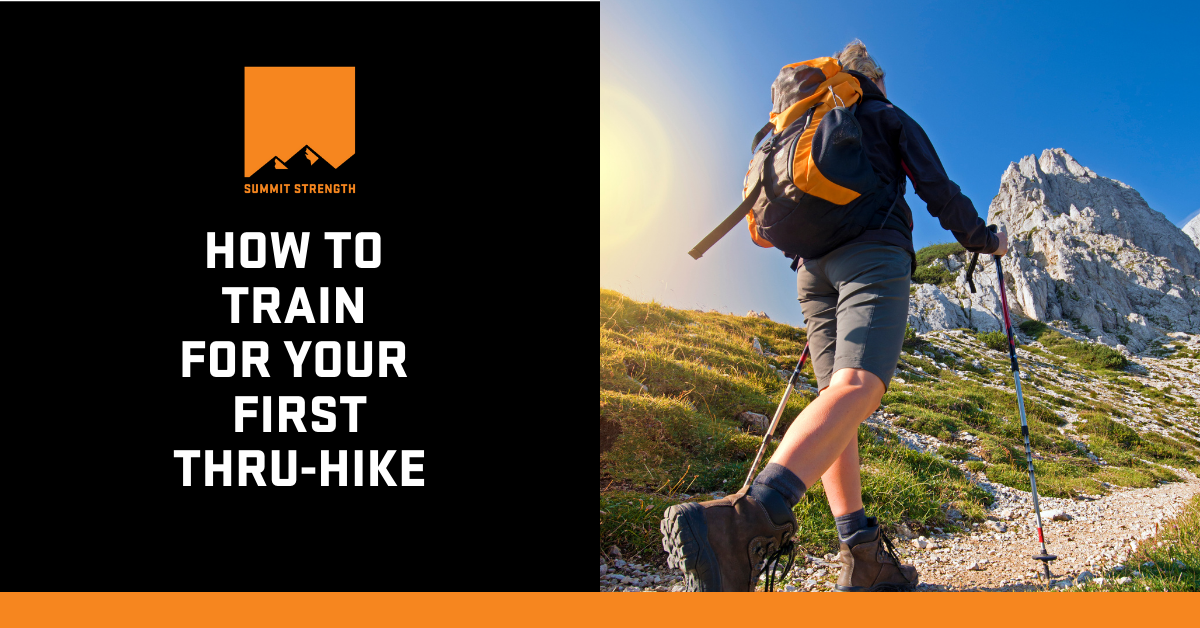
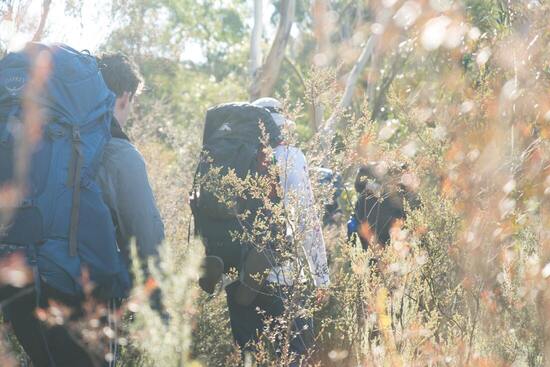
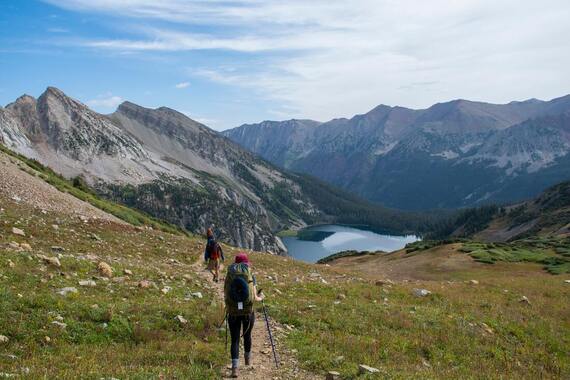

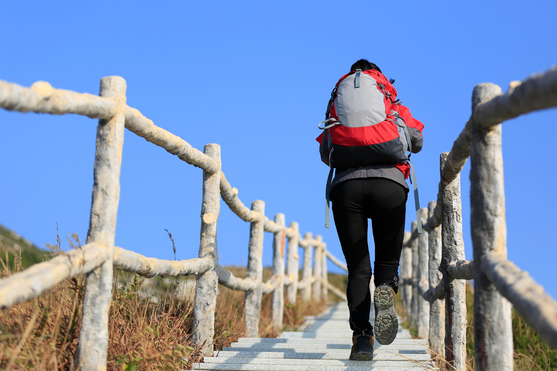
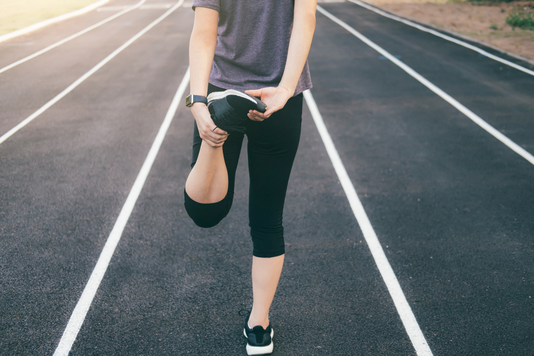
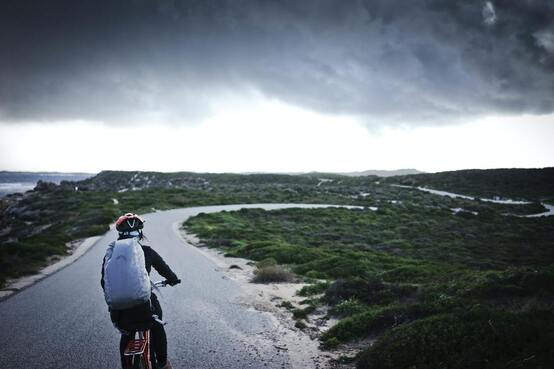
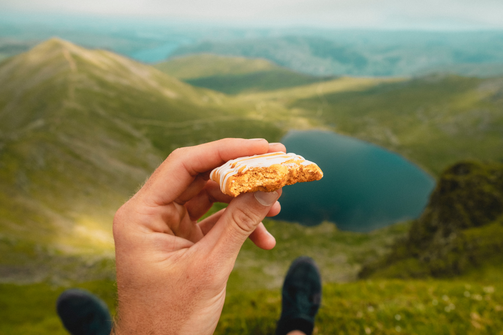
 RSS Feed
RSS Feed
